Kyle Fairgrieve skived school so often he averaged one day a fortnight.
Lily Yorke hated school so much she stopped going when she was in second year.
The 15-year-olds from Angus are part of a section of society sometimes referred to as school refusers or emotional-based school avoiders.
But a new project in Arbroath has brought them back into the education system.
And it’s led to Kyle, from Friockheim, being accepted for a college course to learn electrical engineering.
Lily, from Carnoustie, hopes to study nursing when she’s old enough to start college.
When they were referred to LEAP – Leading Learning for Employability and Progression – they had almost completely disengaged from education.
Angus LEAP has transformed attendance rates
But the programme has transformed the attendance rates of the S4 pupils on it as it approaches the end of its first year.
As Kyle says: “I didn’t go to school, I just didn’t like it. I had like 12% attendance.
“I’m actually coming here. I’m up at 7.30am every day.”
Lily reckons she was in school once a month before she was referred to LEAP, a partnership between Dundee and Angus College and Angus Council.
She says: “They put me in different classes, they put me on a shortened timetable, but nothing worked.
“This is the only thing that has worked.”
‘Being treated like an adult’
For her, the key is being treated like an adult and given autonomy.
“At school you are treated like children. Even going to the bathroom at school you have to ask.
“Here can you can go when you want. You get to take more responsibility for yourself and make your own choices.”
And she sees the value in what she is learning.
“The things they teach at school, it’s not relevant for everyone.
“Here you learn life skills, you get taught finance, budgeting. That’s going to really help us in the future.”
Lily has always wanted to be a nurse and says coming to LEAP has made her goal more achievable. A gateway course after the summer holidays will provide a bridge to studying nursing when she is old enough.
School was ‘horrendous’
Without Angus LEAP, she says: “It would have been a lot harder because I didn’t go to school, I didn’t do the work, I wouldn’t have been doing exams.”
She, Kyle and their classmates tell similar stories of how they came to LEAP.
Lily May, 15, from Montrose, says school “wasn’t my place”.
Liam Gowans, 15, from Arbroath, found it “horrendous”.
Sean Hay, 16, from Forfar, would go to school but wander the corridors instead of going to classes.
As would Meah Grant, 15, from Forfar. She says: “Now, I’m actually coming in. I’ve got a reason to be here.
“I’m waking in the morning to go somewhere I want to be.”
As they tell their stories, they laugh and tease each other. The small group has clearly bonded through a common experience.
And that’s been transformational for Leon Robertson, of Kirriemuir, who would stay at home and play his games console instead of going to school.
He says: “I used to isolate and play games all day. I wouldn’t even go outside. You could tell, I was so pale. I wouldn’t even have my curtains open.”
Reluctant to attend LEAP at first, he thought “everyone was going to be annoying like in school”.
But now he is among friends and socialises much more.
“I’ve learned to be better with others,” he says.
“If I miss a day it is because I am actually ill.”
Angus LEAP launched to tackle poor attendance
LEAP was launched for pupils in S4 – the final statutory year of education – in response to problematic attendance rates.
Not all 14 who started this academic year stayed the course, but of the nine who did all have positive destinations. They will either return next year or go onto further education.
LEAP coordinator Laura Dear says that result is huge for those who have completed this session.
She says: “They all had very low attendance. [For some] their attendance might have looked better than it was because they were going into school, but they weren’t actually going to classes.
“They have really, really pulled it out of the bag here.
“Attendance is between 70 and 100%. That’s a massive improvement. And they are all leaving here with qualifications which they wouldn’t have got at school.”
Most referrals from schools are due to emotional-based school avoidance.
Laura says: “Some of them just don’t like school, the environment.”
Who are the ‘Covid kids?’
“These are Covid kids. They would have been starting high school and they probably didn’t get the transition opportunities because of lockdown and restrictions.
“For some of them, it just wasn’t working. Education, the way it is, just doesn’t work for everybody.”
At LEAP, learning is more informal and pupils receive one-to-one support. As well as numeracy, communication and IT, they learn life skills and receive social and emotional support.
They work towards National 3, National 4 and City and Guilds qualifications.
Laura says: “We look at getting them qualifications they wouldn’t get at school because of non-attendance.
“But our focus is on getting them back in, getting them back into a routine, giving them the structure and giving them that confidence to progress onto something else.”
‘It’s not all sunshine and rainbows’
The young people are rewarded for success and effort, including with days out.
But if they fail to show up, staff will call and text to encourage them to attend.
“Don’t get me wrong,” says Laura. “If they are not pulling their weight and not doing what they should be they are told that as well.
“It’s not all sunshine and rainbows; it has been really, really tough.”
Young people are told at the outset what is expected of them at LEAP.
The behaviours they were showing at school, we don’t see that here.” Laura Dear, LEAP coordinator
Laura says: “You either buy into it or you don’t. But the other option is staying on at school.
“The behaviours they were showing at school, we don’t see that here.
“They have more to lose here and they feel that.
“Some of them who weren’t going to school are here before 9am.”
The difference LEAP has made to the young participants is clear to see.
Laura shows off a photograph taken during a hillwalking expedition last week. The group were pleased to have to accomplished their climb.
“Before, their faces were hidden, they didn’t want us to take photos and they didn’t want to be part of it,” she says.
“Now they are proud. And we tell them we are proud of them all the time.”
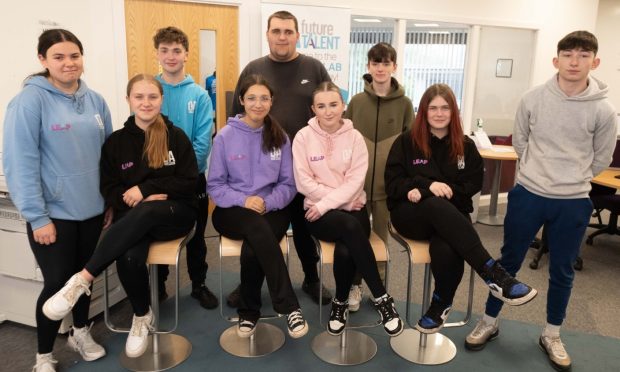
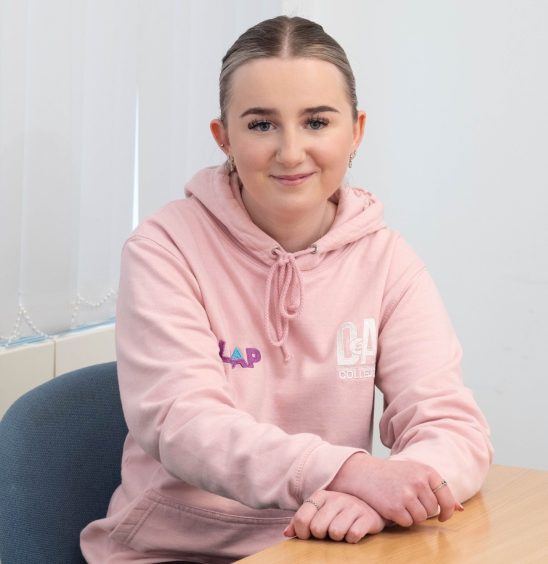
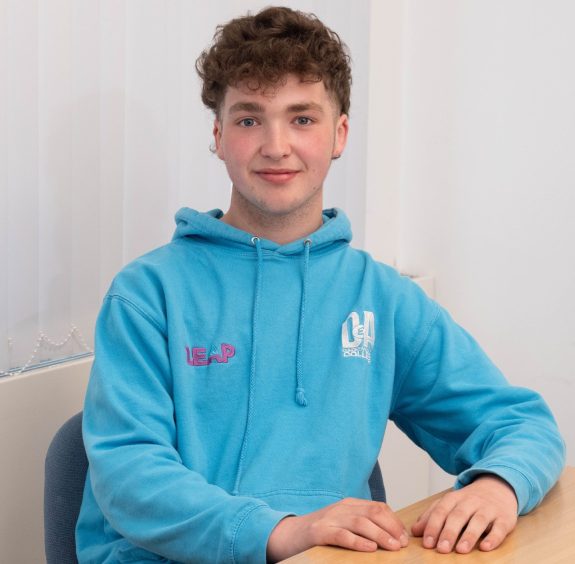
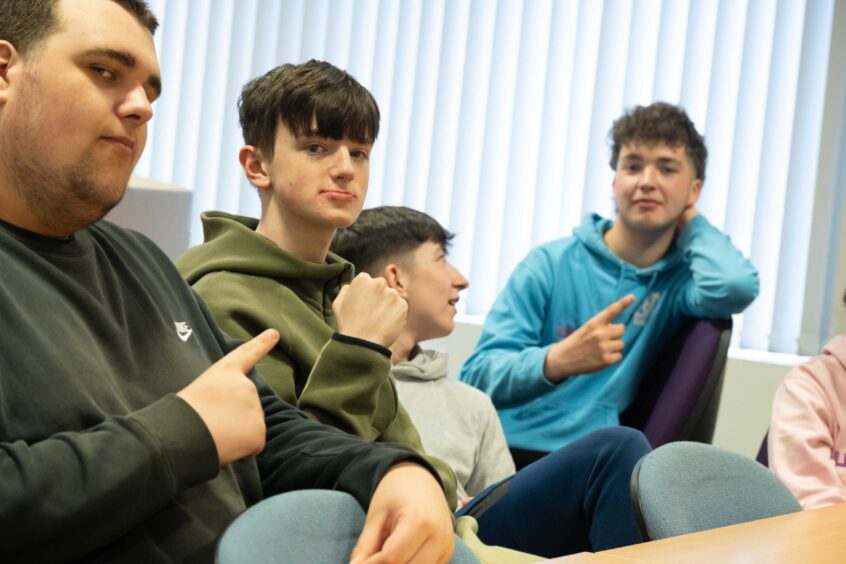
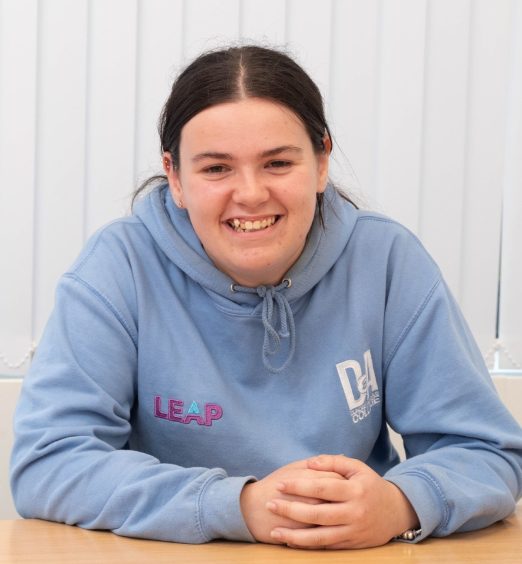
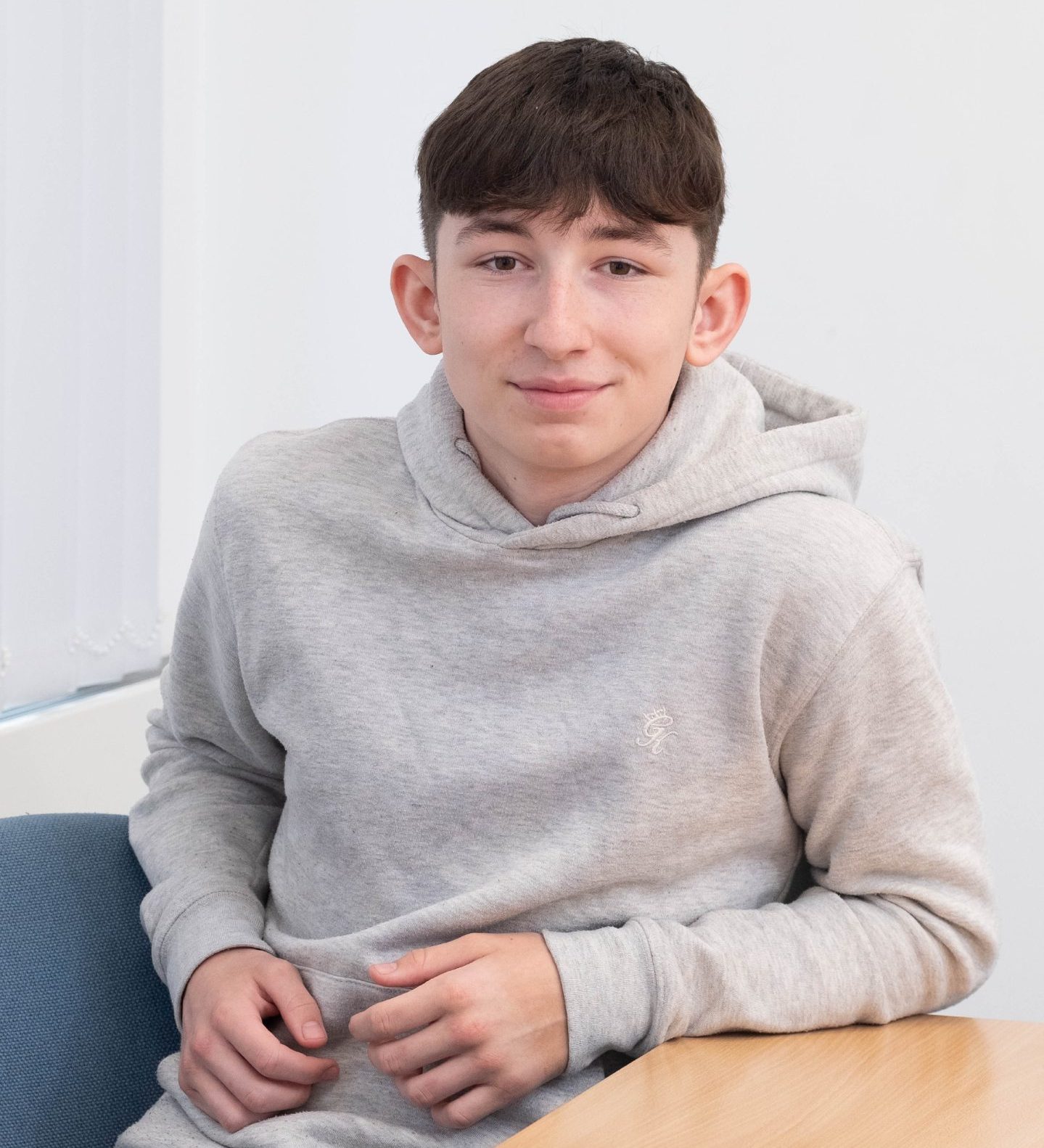
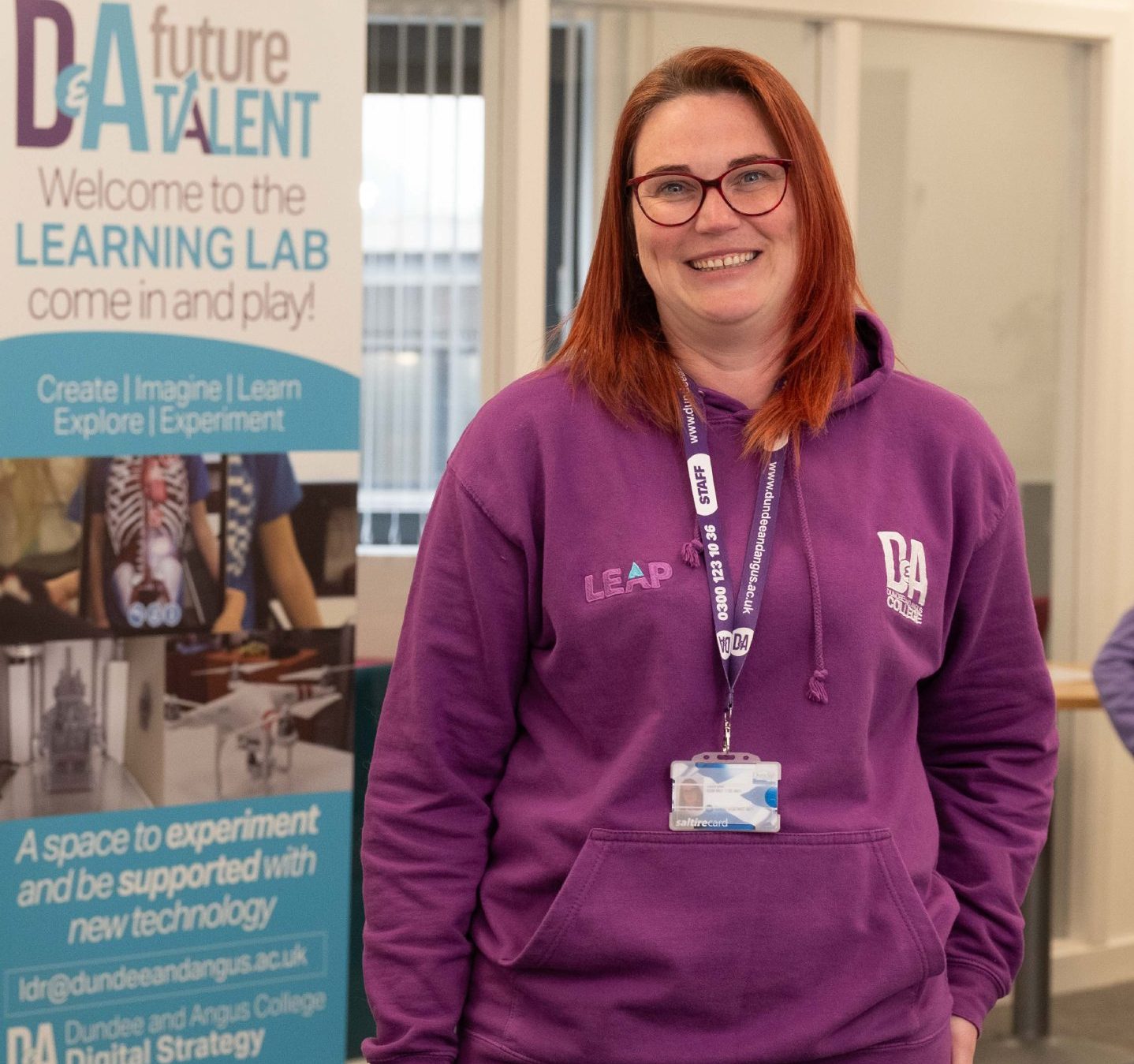
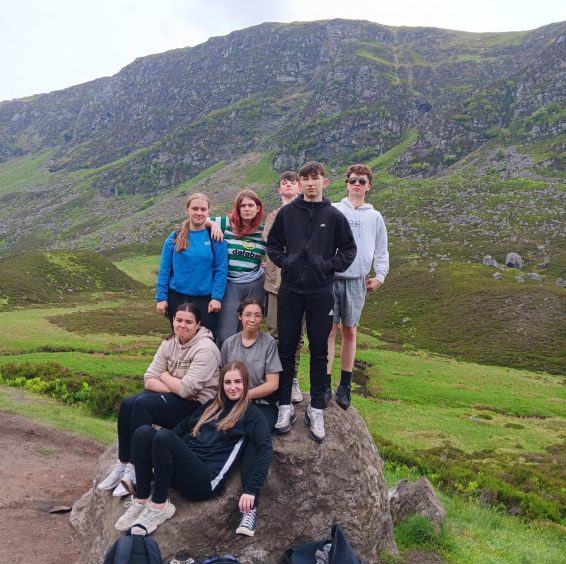


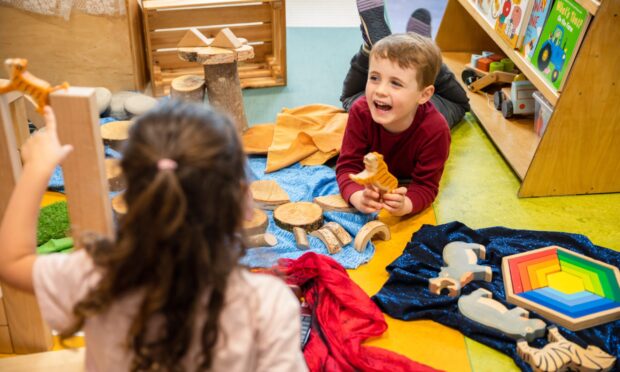
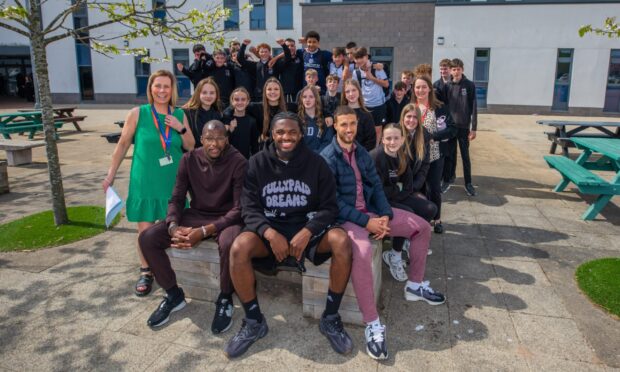


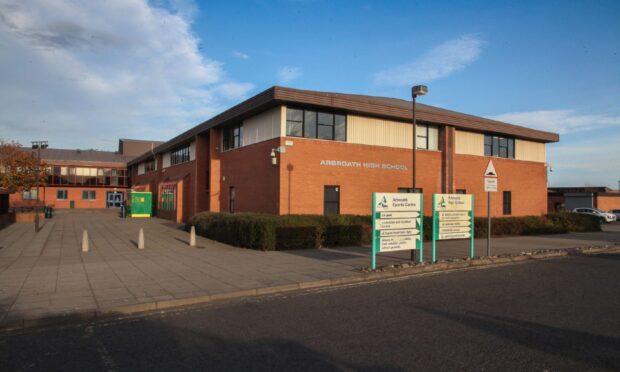
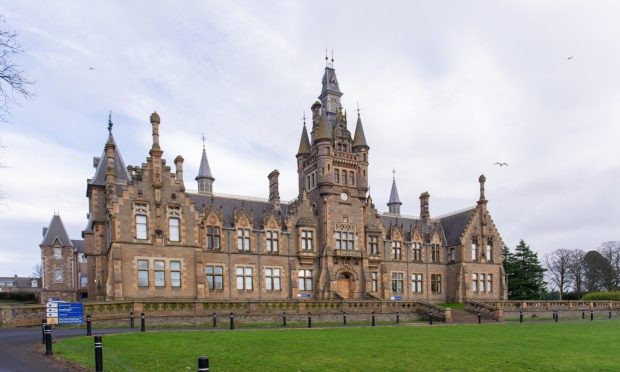
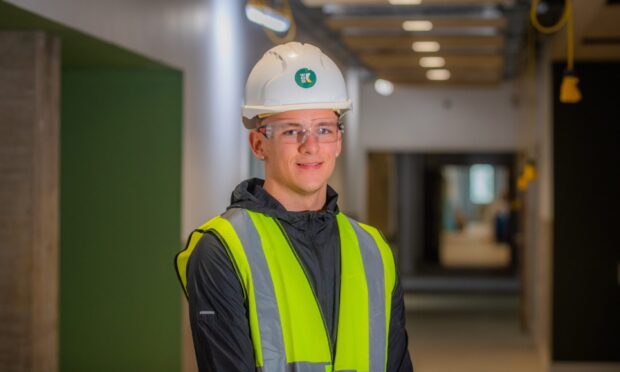
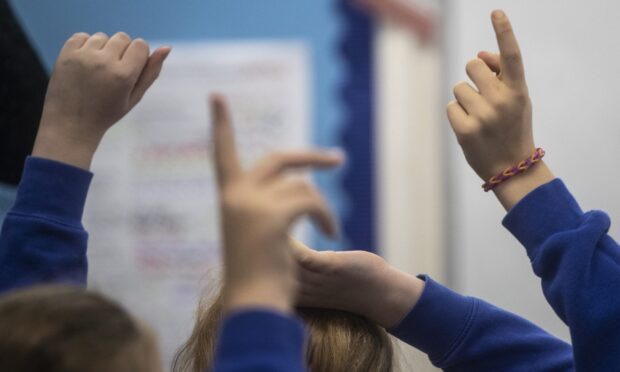
Conversation